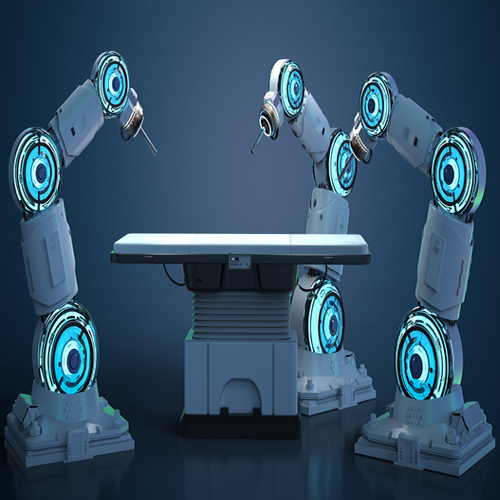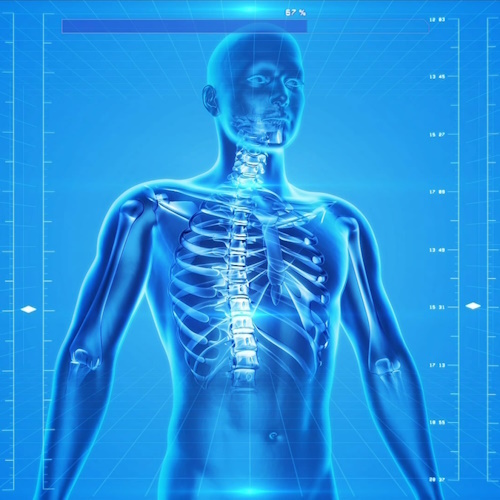Key points from article :
A breakthrough in medical robotics has emerged: a robot trained solely by watching surgery videos performs procedures with the skill of human doctors. Johns Hopkins University researchers, in collaboration with Stanford University, have developed an imitation learning-based system to train surgical robots, eliminating the need to program each move manually. This innovation advances robotic surgery towards autonomy, where robots could independently handle complex surgeries.
The findings were presented at the Conference on Robot Learning in Munich. The da Vinci Surgical System robot, trained on the researchers’ model, successfully performed three essential surgical tasks—needle manipulation, tissue lifting, and suturing—with skill comparable to human surgeons. The system combines imitation learning with the machine learning architecture powering ChatGPT, but adapted to understand robotic motions in mathematical terms.
The model was fed hundreds of surgery videos recorded from cameras on da Vinci robots worldwide, creating a vast data pool for robotic imitation. Unlike previous methods requiring precise programming, this approach enables the robot to perform relative movements, reducing errors and enhancing adaptability. Lead author Ji Woong "Brian" Kim noted that the AI can even correct itself, such as picking up a dropped needle.







